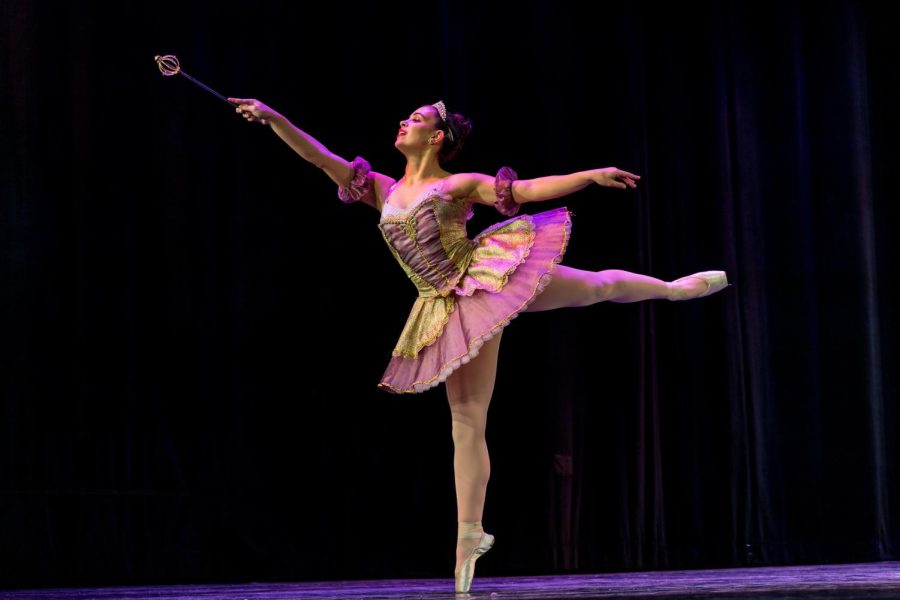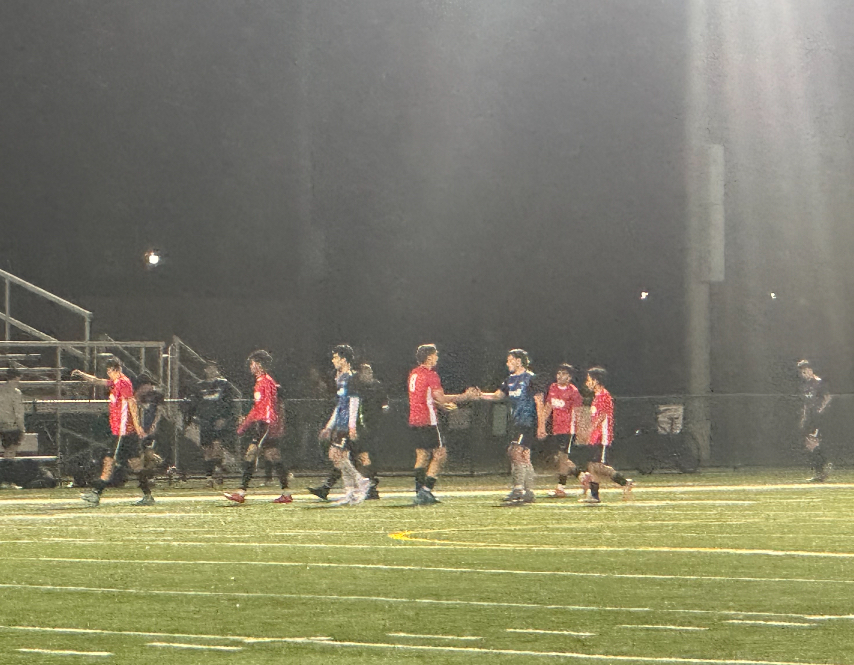For years society has found ways to neglect dance as a sport. However, it is true that dance requires the same amount of hard work and dedication as any other sport.
Stamina and Training
Dancers endure an immense amount of training in order to qualify as versatile dancers. They spend hours at their studios preparing for performances, competitions, videos, and galas. Most of these performers must have the proper endurance and stamina to keep up with these dances which are normally about 5 – 8 minutes long. Furthermore, getting these dances performance-ready requires perfection and constant improvement.
Competitions and Professional Dancing
While people compare dance to an activity or hobby, dancers compete on teams for roles during auditions. The dancing industry is strenuous and takes a toll on the athlete’s body mentally and physically just as any other sport would. This industry is year-round, so unlike many other sports teams, where they have an off-season to recoup and relax. Dancers are always on the go and find themselves training all throughout the year in order to guarantee opportunity and growth.
Sacrifice, Patience, and Perseverance
Like all professional athletes, dancers need years of study and practice to achieve their fullest potential. This process takes determination, drive, perseverance, and hard work. When dancers lose or don’t book a job, they have to work hard so they produce better results in the future. When dancers get hurt, they have to be patient and take care of their bodies correctly so they can recover more quickly.
Emphasizes Strength and Flexibility
Dancers must condition and train their bodies so they can perform different sets of techniques and choreography. They must have strength for jumps, kicks, leaps, and turns. While they also need speed and flexibility in order to execute the choreography properly. This amount of training and specific abilities help support the reasoning of why dance should be a sport.
Musicality and Memory
A huge part of dancing requires musicality and extensive memory. Dancers must learn choreography in time slots that are usually timed. This means dancers must be able to remember and be able to perform specific chores within only a short period of time. This skill takes years of perfection and practice in order to master.
According to Steezy, they suggest using chunking, ” a memorization technique where you learn something in separate sections, then group the sections together at the end. We use chunking to remember things like phone numbers, addresses, and even song lyrics.”
Another aspect that ultimately sets dancers apart from other athletes is that dancers are able to correlate their moves to music and detect dynamics that bring the art alive. Being able to sit in the “pocket” of a song requires repetitive practice and proper musicality. Musicality is very important to dancers because it adds the ‘wow factor’ to their performance and engages their audience.
Artist + Athlete = Dancer
The physical and mental aspect of being a dancer is undeniable. The fact that they are constantly overlooked is extremely rude and disrespectful. Dancers/performers are also artists that create works of art for universal communication and interpretation. Dance brings people together while entertaining the audience. Furthermore, there is no valid reason as to why dancers are not athletes and why dance is not a sport. Dancers clearly inhibit all the qualities of an athlete and endure all the hardships as a sports team do. All in all, respect dancers for what they do and how much work they put in for your entertainment.













